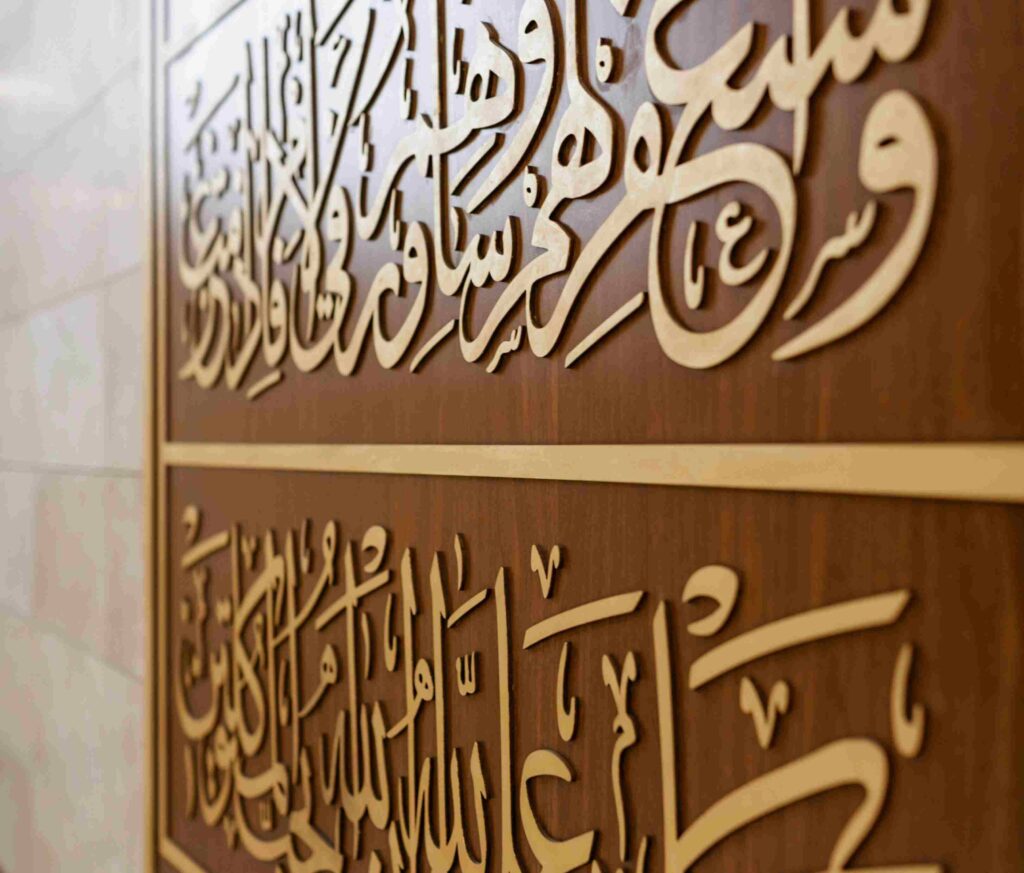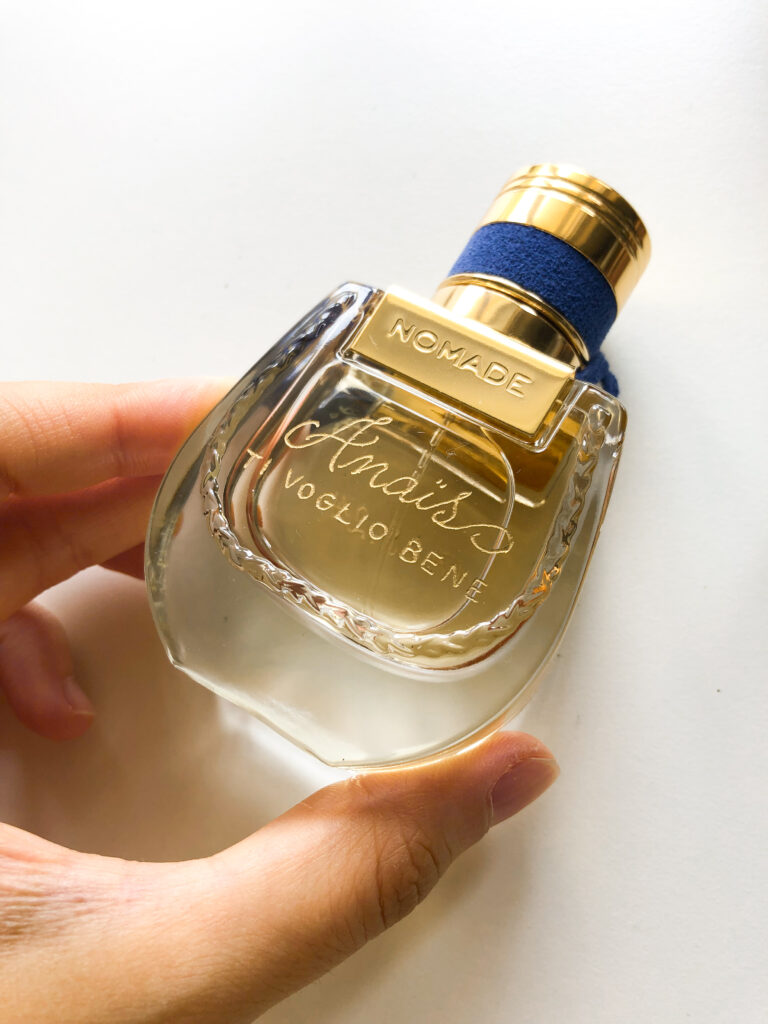Arabic Calligraphy: The Timeless Art of Elegance and Expression
Arabic calligraphy, or calligraphie arabe, is one of the most revered and intricate art forms in the world. With its flowing curves, precise strokes, and deep cultural significance, Arabic calligraphy is not only a means of communication but also a form of artistic expression that has stood the test of time.
What is Arabic Calligraphy?
Arabic calligraphy is the artistic practice of handwriting Arabic script in a way that is visually appealing and often deeply symbolic. Unlike Western calligraphy, Arabic calligraphy focuses on the fluidity of letters, creating compositions that merge art and text seamlessly.

History of Arabic Calligraphy
Arabic calligraphy has a rich history that dates back over a thousand years. Some key milestones include:
- Pre-Islamic Era: Arabic script was initially used for poetry and inscriptions.
- Islamic Golden Age: Arabic calligraphy flourished as an essential element of religious texts, including the Quran.
- Ottoman and Persian Influence: New styles emerged, blending artistic and architectural elements.
- Modern Arabic Calligraphy: Today, Arabic calligraphy is used in branding, digital art, and contemporary design.
Famous Styles of Arabic Calligraphy
1. Kufic Script
- One of the oldest Arabic calligraphy styles.
- Characterized by angular, bold letters.
2. Naskh Script
- A highly legible and elegant script.
- Commonly used for printing and official documents.
3. Diwani Script
- Developed during the Ottoman Empire.
- Known for its decorative, interwoven letters.
4. Thuluth Script
- Used in mosque inscriptions and Islamic manuscripts.
- Features elongated, curved letters for a striking appearance.
How to Master Arabic Calligraphy
- Learn the Arabic Alphabet
- Understanding letter shapes and their variations is crucial.
- Choose the Right Tools
- Traditional reed pens (qalam), ink, and high-quality paper are essential.
- Practice Basic Strokes
- Focus on pressure control and letter connections.
- Study Classic Calligraphers
- Analyze historical masterpieces for inspiration.
- Experiment with Modern Styles
- Combine traditional calligraphy with digital art for creative expression.
Applications of Arabic Calligraphy
- Religious Texts: Quranic verses written in stunning calligraphy.
- Art & Design: Used in paintings, architecture, and decor.
- Fashion & Branding: Logos and designs incorporating Arabic script.
- Personalized Gifts: Customized calligraphy for special occasions.
Explore More on Calligraphy
Check out our Home Page for more about our work, visit our Shop for exclusive calligraphy pieces, or explore our Blog for in-depth calligraphy tips and insights.
Conclusion
Arabic calligraphy is more than just an art form—it is a bridge between history, culture, and modern creativity. Whether you appreciate it for its aesthetic beauty or its deep-rooted symbolism, mastering Arabic calligraphy can be an enriching experience.
Start your journey in Arabic calligraphy today and immerse yourself in this magnificent art form!


